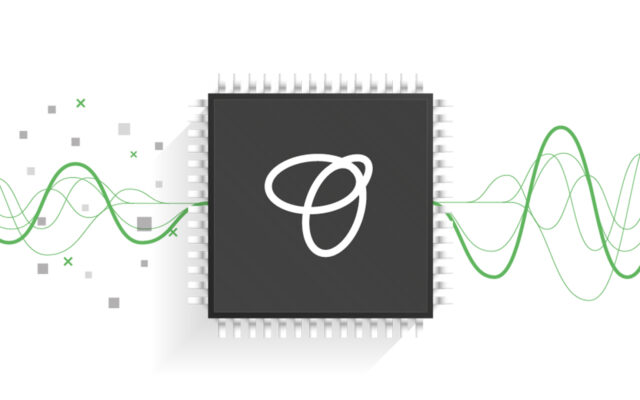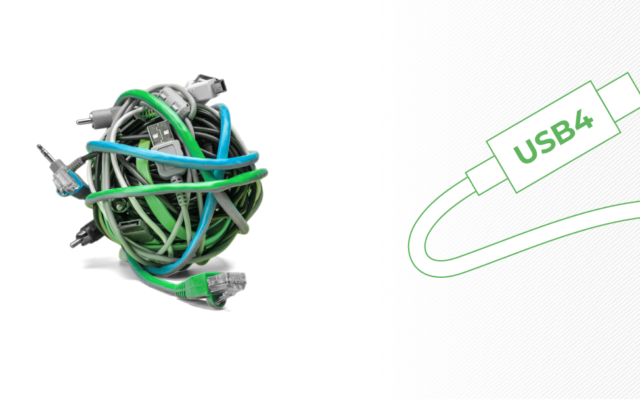Kandou’s KB8010 Is the First Retimer to Achieve VESA® Certification for DisplayPort 2.1
Kandou today confirmed its Matterhorn™ KB8010 USB4® retimer is DisplayPort 2.1-compliant as certified by the Video Electronics Standards Association (VESA®). DisplayPort 2.1 enables the next generation of display devices and external monitors. DisplayPort 2.1 certification and VESA logo use means your products have met the highest standards in the industry.

Kandou today confirmed its Matterhorn™ KB8010 USB4® retimer is DisplayPort 2.1-compliant as certified by the Video Electronics Standards Association (VESA®).
DisplayPort 2.1 enables the next generation of display devices and external monitors. DisplayPort 2.1 certification and VESA logo use means your products have met the highest standards in the industry. KB8010 was certified to be compliant to the DisplayPort 2.1 Compliance Test Specification and tested for DisplayPort interoperability.
This is a major milestone for KB8010, and it is only the fourth product and the only retimer to achieve DP 2.1 certification. It took a great collective cross functional team to meet this milestone. Great work all around.
The addition of DisplayPort 2.1 functionality to KB8010, a member of the Matterhorn family of USB-C® multiprotocol retimers solutions for USB4, underscores Kandou’s commitment to meeting the industry’s demand for increased bandwidth and higher data rates.
The DisplayPort 2.1 standard can increase bandwidth to up to 77.4 gigabits per second of data, supporting a variety of use cases, including 16K resolution with high-dynamic range (HDR) at 60 Hz or 10K resolution with HDR at 80 Hz. The increased bandwidth offers consumers higher resolution for multiple-monitor setups, including running two displays with 8K resolution at 120 Hz, and improves display resolution and refresh rates for billboard-sized displays, gaming and video editing. In addition to bandwidth improvements, DisplayPort 2.1 also enables reduced power consumption and improved interoperability with USB4.
Kandou introduced Matterhorn KB8010 in October, highlighting support for DisplayPort 2.1 functionality to target mobile, tablet and desktop PC applications. In addition to support for DisplayPort 2.1, KB8010 supports the low-power states for USB4, adds USB 3.2 Gen 2×2 (20 Gbps), enables 1.8V IO logic, and doubles the number of I2C device addresses, enabling system designers to reduce components on the motherboard and decrease system cost.


